What, how and when to properly feed petunia seedlings for growth
In the development of many plants, soil nutrition and timely fertilization play a key role. Feeding petunia seedlings is a prerequisite in care if the grower wants to achieve a lush and bright flowering. It begins in June and lasts until the end of September, if the feeding rules have been followed.
Why do you need feeding
Petunia is a small perennial plant in the nightshade family. The flower is grown as an annual. Its decorativeness lies in its bright and numerous bell flowers. Achieving the active formation of petunia buds at home is not an easy task, the plant is considered whimsical. The stage of caring for seedlings is considered the most difficult, and subsequent care in the open field is not particularly difficult.
For the full growth and flowering of petunias, you need not only watering and heat, but also nutrients. Timely introduction of organic and mineral fertilizers affects not only the quality of seedlings, but also the rich shade of flowers and their quantity. Feeding procedures are carried out during the entire growing season.
Advice! Even if the seeds were planted in a nutrient mixture, fertilizing should be done, but this is required less often than seedlings in poor soil.
How to understand that petunias need nutrients
The need for additional feeding is determined by looking at the seedling. In some cases, conventional fertilizers will suffice, in others special procedures will be required. How to understand that seedlings need additional fertilization:
- The sprouts stopped developing and turned yellow. The reason for this phenomenon is insufficiently loose and nutritious soil. Store soil does not always meet the required requirements. If yellowness appears or plants have slowed down in growth, they will need nitrogen fertilizers. The substance stimulates the development of both the aerial part and the root system.
- The plants are withering away. This is due to the high acidity of the soil or, conversely, because of its alkaline composition. If the pH is not right, the seedlings begin to die. For planting seeds, neutral or slightly acidic soils are selected, then you will not have to resort to additional care measures. To neutralize acidity, lime, wood ash, dolomite flour must be added to the soil. If the seedlings are completely wilted, they will be saved by transplanting them into new soil, to which fertilizers with potassium, phosphorus and nitrogen are added.
Advice! Although petunias need regular feeding, this does not mean that you need to feed them uncontrollably. Excess, like deficiency, affects growth, and these changes will be negative.
Top dressing period
It is acceptable to start feeding in two ways:
- The first application of fertilizer falls on the 21-25 day of the life of the shoots. This is due to the fact that when planting, the seeds were treated with a sufficient amount of nutrients, which will allow them to develop harmoniously for 3 weeks.
- Since it is not easy to get a large number of petunia buds, fertilization begins earlier - after 2 weeks, and continues the entire period of growth and development of buds.
Be that as it may, the feeding procedure is mandatory for any petunia seedlings.
What are the flowers fed
Correctly selected fertilizers are half the success in growing petunias. What is allowed to fertilize flower seedlings:
- To feed the seedlings of petunia for the growth of green mass, complex fertilizers with a high nitrogen content are taken.For harmonious development, it is better to alternate nitrogen and potash fertilizing.
- The addition of potassium monophosphate will provide a bright shade of flowers.
- So that the leaves do not turn yellow and the plant does not suffer from chlorosis, spraying and watering with ammonium nitrate and iron chelate will be needed. These substances are diluted strictly according to the instructions, in concentrated form are not used.
- Calcium supplements are used to avoid pulling. And the nitrogen ones are temporarily suspended.
- For the density of the bush, the following fertilizers for petunia seedlings will be useful: "Epin" and "Zircon".
- To prevent the plant from being infected by the fungus, it is treated with "Fundazol", and in the early stages a pink solution of potassium permanganate is poured into the soil.
- Flowering is prolonged by top dressing with pink and brown "Crystal".
- For the root system will be useful: magnesium, potassium humate, urea, complex mineral fertilizers in liquid form.
- Sometimes, instead of watering, a mullein solution is taken in a ratio of 1:10.
- Vitamin supplement for flowering: B1 and B12, which are sold at the pharmacy.
Fertilizer application rules
When planting seeds in the ground, you already need to start taking care of its nutritional value. Store substrates are mixed with peat. So they become looser and more permeable. The seeds themselves are also processed: before planting, they are immersed in a slightly pink solution of potassium permanganate or in a fungicide solution. This is a disinfecting procedure that protects seedlings from black leg disease and other fungal ailments.
The first feeding is done either 2 weeks after sowing, or at the stage of 3-4 true leaves. How to feed: the soil should be watered with a weak solution of potassium permanganate or with a solution of Fitosporin and Energen. For maximum effect, the treatment is carried out using a spray bottle. So the liquid is evenly distributed in the soil, does not injure fragile roots, and is also sprayed onto the upper part of the sprout.
The next feeding is done immediately after picking the seedlings, that is, transplanting into separate containers of each sprout. The second fertilization should be carried out after 14-30 days after the first. To feed petunia, prepare a solution of "Kristalon": in a bucket of water - 1 tablespoon. substances.
Advice! Before picking seedlings, they need to be prepared by watering with a solution of the Zircon preparation. Proportions: for 1 liter of water - 4 drops of the substance.
The third stage of feeding - 7-9 weeks after the pick. During this period, the plant will benefit from calcium nitrate. It promotes better assimilation of nitrogen, accelerates photosynthesis, increases resistance to diseases - various rot. For 1 liter of water - 1 tsp. drug.
After 4-7 days, you need to make the fourth feeding. Mineral complexes with a nitrogen content would be appropriate. Examples of products: "Uniflor Grow", "Uniflor Micro", "Effekton", "Kristalon", "Kemira", "Plantafol".
It is during these periods of development of petunia that outside help is required. A gardener's mistake is to over-take care of the seedlings and fertilize each week.
In the process of growing seedlings, additional procedures are required. This will help prevent difficulties:
- Iron chelate is applied every 10 days. This is necessary to prevent chlorosis. Spraying is carried out with a solution in the proportion of 5 g per 10 liters of water. It is necessary that the spray jet was scattered, there should be no visible drops. Spray seedlings in the evening.
- If the seedlings are stretched out, they can be helped by spraying with Cytovita and Epin solutions. "Citovita" proportions: 0.5 cubic meters. 1 liter. The proportions of "Epin" - 5 drops per 1 liter of water. Light spraying of the aboveground part is carried out.
- Additional spraying with a vitamin solution is carried out approximately 3 times a month at regular intervals. To do this, you need to dilute 1 part of vitamins B1 and B12 in 10 parts of water.
- Stimulating the growth of petunias will allow a folk remedy - a 1:10 mullein solution, which is periodically replaced by ordinary watering.
- You can fertilize the root system and the aerial part with a solution of dry yeast. A folk remedy is prepared as follows: 10 g of yeast and 60 g of sugar are diluted in 1 bucket of water. The mixture is infused for 2 hours, after which it is again diluted with 50 liters of liquid. Such feeding enhances the development of green mass.
Controlling the normal development of seedlings
Lighting, moisture, soil quality and other factors also significantly affect the growth of petunia seedlings:
- First you need to decide on the time of sowing seeds. The optimal date is the end of March. Landing in February is possible, but then additional lighting will be required. The planting time is determined relative to the transshipment of petunias into open ground. This is done in April or May and depends on the temperature in the region.
- The seeds need to be sown on the surface of the soil, then they will germinate. The soil is sprayed with water.
- For the first shoots to appear in 1.5-2 weeks, the box with the seedlings is covered with polyethylene and kept at a temperature of + 20-25 degrees.
- Before picking at the stage of 3-4 leaves, the soil must be moistened. The root system should not be injured.
- If the seedlings begin to stretch, you need to provide it with good lighting. In case of pulling, no nitrogen fertilization should be applied, which will aggravate the situation. Solutions of "Epin", "Zircon", fertilizers with calcium help against pulling.
- Petunia transplanted into open ground does not need constant feeding.
What else you need to know about petunia care
Several subtleties of watering and feeding:
- Watering is best done from the pallet. So the plant itself regulates the right amount of moisture. If the soil is waterlogged at the time of applying the complex fertilizer, then the small roots will suffer.
- Watering petunia is better with settled water. The liquid is added in the evening, since in the afternoon, under the sun's rays, drops falling on the foliage can cause burns or ugly spots.
- Organic fertilizers are applied strictly at the root. Liquid is convenient to drip or pour in with a small syringe. The foliage is sprayed with solutions of mineral complexes.
- The soil should always be slightly moistened.
Abundant bud formation and long flowering are worth constant monitoring of the seedlings. Petunias respond gratefully to fertilization, they bloom actively and brightly throughout the entire season. Seedlings, which have been fertilized with industrial and folk remedies, form much more buds.
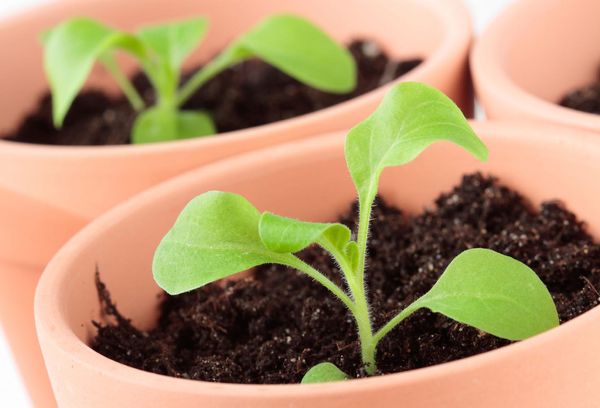
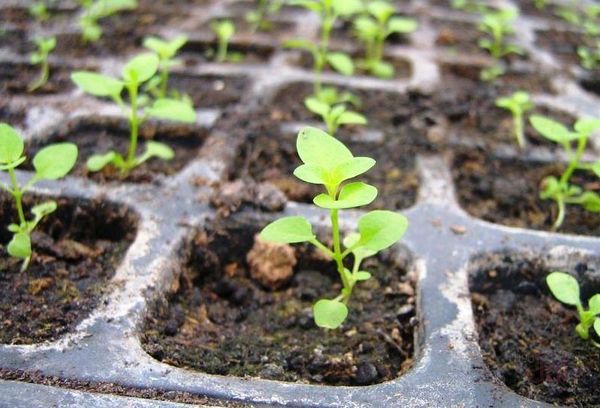
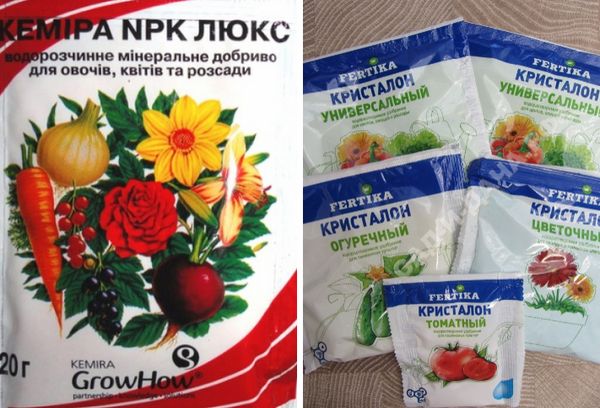
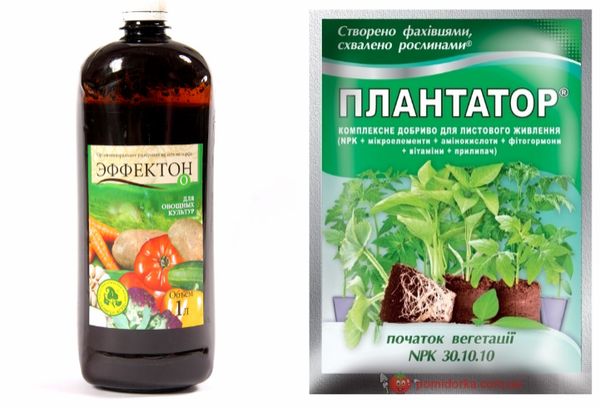
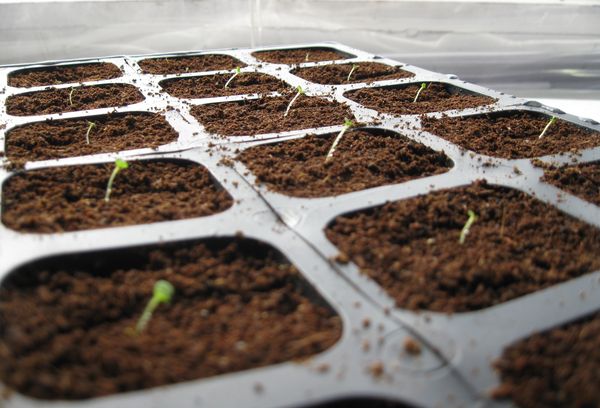
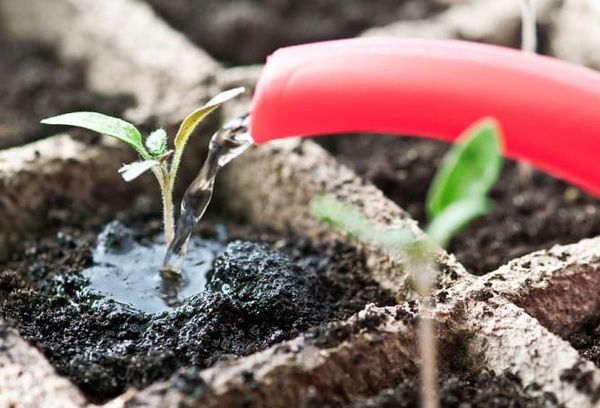

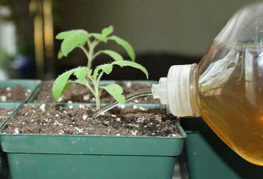
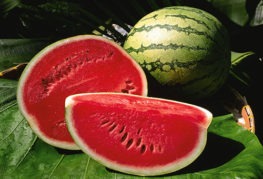
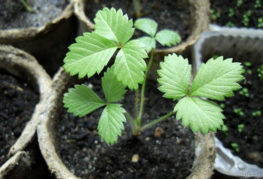
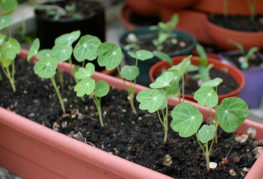
and will be published shortly.